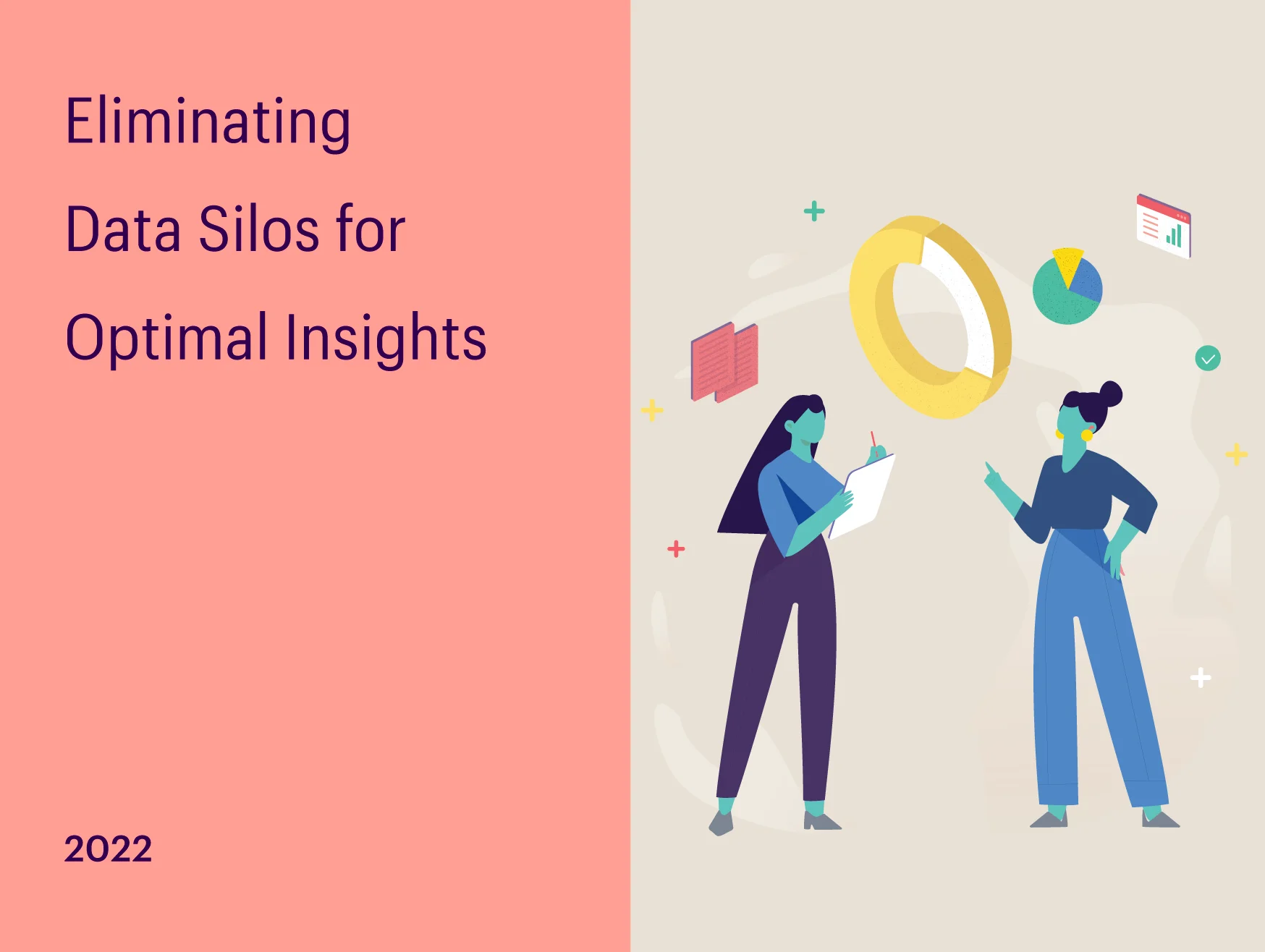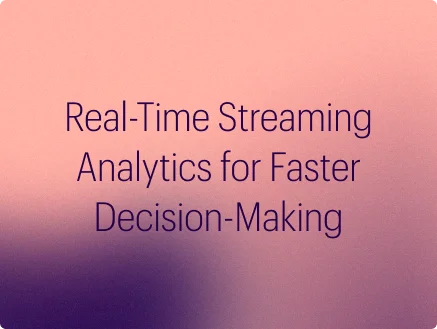Updating IT systems for enhanced performance
The digital era demands speed and high performance to remain competitive. Outdated IT systems can cost businesses in many ways, including missed business opportunities, reduced Return on Investment (ROI), and increased operating expenses. In contrast, digital-ready enterprises benefit from embracing agile product development cycles. In addition to saving on unnecessary maintenance costs, such companies are also equipped to better respond to market shifts.
To effectively attain the same levels of effectiveness as online or digital enterprises, established companies need to update their IT architecture so that it is modernized, customer-focused, and configurable. At the same time, there are certain guiding principles that need to be followed to ensure that the target system is not simply a replica of the legacy system. This will require constant and consistent reevaluation of many aspects of the new system, such as the microservices patterns, workload containerization and deployment, automated provisioning, as well as overall setup transparency in terms of resource health and cost monitoring and stringent security practices. This article aims to provide a simple and easy-to-follow guide that will ensure that your company’s legacy migration is a success.
Key steps to migrate legacy systems
Legacy applications include everything from in-house developed applications to customized ones. Transitioning from them to modern applications/systems can be challenging, but with these steps, you can make a smooth and successful shift, helping cut overall costs, gain better business value, and give your enterprise a completely modern outlook.
Understand the purpose of your migration process.
It could be for a number of different reasons, such as to cut operational costs, streamline business processes, or even enhance customer experience. Fully understanding your purpose is key to helping choose the new system, as well as establishing key performance indicators that will measure the success of the undertaking.
Run a full systems audit.
Understanding your existing systems is essential before commencing the migration. List all applications and evaluate each one to check whether it is cloud-native or requires restructuring. All applications that will incur heavy transfer costs and/or hold little to no business value can be removed at this point.
Make a subtle estimation for the migration plan.
The aforementioned initial systems assessment will help you understand the objectives, scope, and restrictions of the migration project. A solid migration plan can be created with a thorough understanding of organizational infrastructure, resilience and capacity, business objectives, and the maintenance needs of the new environment. Creating a simple and clear migration plan will ensure that the new system aligns with the goals of the organization and will help establish a solid ROI.
Select a migration strategy.
Following are the three most common approaches that are implemented:
a) “Lift and shift”: This technique transfers everything onto the target as is. While it is a simple approach, it is also a waste of resources and incurs unnecessary expenses.
b) Section shift: This involves shifting the legacy system in chunks to the new system by assessing and identifying those parts or applications you require in the new system. However, this approach too demands high expenditure and is not the most efficient.
c) Application redesign: In this case, the software is not developed from scratch; rather, applications are broken down and built up for scalability and easy integration with the new environment. Recoding in an agile manner is the most efficient of the three mentioned approaches.
Deploy a pilot migration.
This step allows you to test your migration process and end results before executing the final migration. Doing so is a prudent strategy to assess user response to the new system and to check if daily operations are being impeded in any way. The feedback from this pilot can be used to fix any problem areas in the migration plan and build new iterations of the plan. While a cumbersome task, this step is necessary to assess any risks or challenges in the plan prior to the actual migration.
Execute the final migration process.
After backing up all your data to make sure there is no loss during the process, you can commence the migration in an incremental fashion. Ensure that you recheck your systems for proper functioning and access afterward. Since this is a lengthy process that calls for a high level of expertise, it is recommended that you choose the right solution provider for the process, one who works closely with you at all stages, to ensure that the migration is a success.
Continue to monitor the new resources afterwards.
Continuous post-migration assessment is imperative for the success of the migration. Regular monitoring and optimization will ensure that all systems are fully operational. In addition to verifying security and compliance, routine monitoring will allow you to check if you are paying for idle resources while ensuring error-free integration of the new system.
Conclusion
While legacy system migration is a complex process that requires full commitment and lots of time and effort across the organization, a sound migration plan and the right solutions provider—one who deeply understands cloud technology and is well versed in cloud deployment strategies and data migrations—will help ease the transition and maximize the ROI from this process. This will ensure that the undertaking will be beneficial in the long run, allowing you to keep up with new tech advancements, remain competitive in the market, and increase your organization’s business value.



